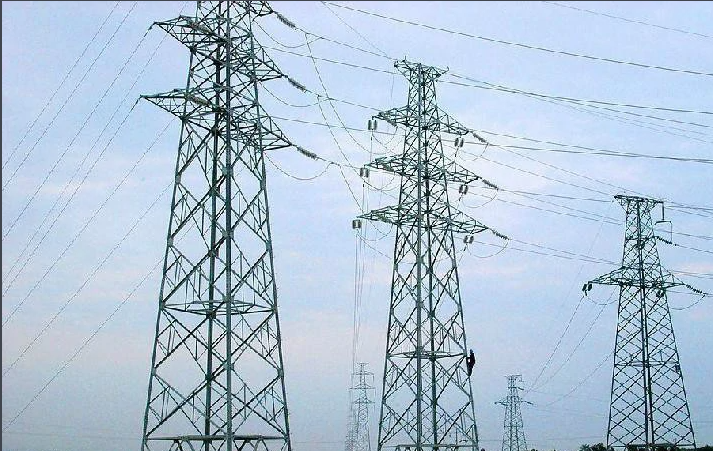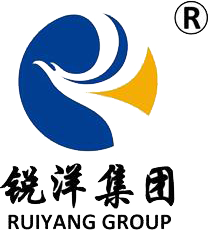
Introduction of Overhead Cable
2022-09-04 16:23Overhead wire and cable, originally refers to the bare air insulated wire erected in the air, mainly used as the main line of transmission lines or special purposes (such as tram lines). In recent decades, in order to improve the safety of power transmission, the urban network has been transformed from bare wires to insulated cables. Thus, the overhead wire and cable is not only referred to bare wire.

Overhead wire and cable have an important characteristic or requirement, it is the ratio of single weight of tension (that is, the ratio of the rated pulling force of the conductor and the weight of the unit length) and the ratio of single weight of the carrying flow (that is, the ratio of the calculation of the carrying flow and the weight of the unit length of the conductor) the bigger the better. From this point of view, it is not difficult to draw the following conclusions for the comparison of all kinds of overhead wires and cables: copper is not as good as aluminum, pure aluminum is not as good as aluminum alloy, the most classic overhead wire a steel core aluminum strand is not as good as aluminum coated steel core aluminum strand; In several kinds of overhead wires, the single weight ratio of the largest is aluminum clad steel core aluminum alloy stranded wire; The largest single weight ratio is the aluminum alloy core aluminum strand. Copper strand because of the single weight ratio is small and lost, but because of high conductivity, load, in some power equipment (such as switch box) and short applications.
The expanded wire has the characteristics of reducing corona and radio interference and good heat dissipation. Therefore, the expanded wire has the advantages of saving energy and protecting the environment. It is a kind of wire with great application prospect. Traditionally, such wires are used for short ultrahigh voltage transmission lines in substations. Since the beginning of the 21st century, its advantages have gradually become clear, and it has broken through the traditional habits and started to be used for long-distance ultra-high voltage transmission lines.
There are two common structure types of expanded wire: one is hollow expanded wire; The second is the stranded wire. Hollow hose (i.e., galvanized "snakeskin pipe") is extremely perishable due to hollow expansion wire
Rotten, short service life, has tended to be eliminated, now more use of thin stranded structure. The so-called stranded structure is the inner layer of aluminum wire is not full, so as to achieve the effect of diameter expansion. Because there is no standard specification, the current expanded wire is not uniform from structure to performance index.

There are some special overhead bare wire, such as ice and snow resistance wire, wire, double wire, and since the damping of optical fiber composite overhead ground wire (OPGW), etc., because the top standard, and there are not enough overhead bare wire in coastal areas due to the salt fog in the air heavy anticorrosive grease filling, namely USES the anti-corrosion type wire, so as to enhance the corrosion resistant ability of conductor and prolong service life. Anti-corrosion wire is mainly suitable for steel core aluminum stranded wire, other structure wire is less used. GB/T 1179-999 put forward two requirements for the performance of anti-corrosion grease, that is, neutral organic grease and drop point is not less than 110 C, the specific material is not specified. Filling mode -. There are two kinds: one is coated steel core; The second is coated steel core and inner aluminum wire
